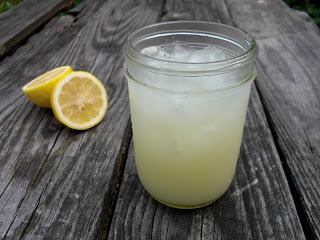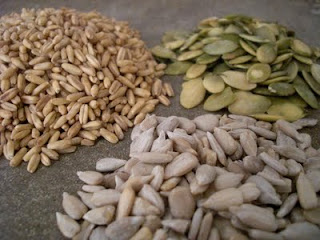It has been a heck of a year since I posted here on my beloved blog. It has been a time of transformation and trying hard to maintain balance. Over the past year I helped both my dad and my step mother pass on to the realm of the ancestors. My grandmother, a 93 year old holocaust survivor had to be moved out of her home, and has gone through periods of reliving her traumatic past and trying to adjust to her new present. As a part of the New Haven Food Policy Council I spearheaded the effort to establish a Food System Director position for the City of New Haven, with the final phase of hiring coming in the next few weeks. I stepped down from the Council after eight years, but am helping to establish this new position. I finished building a teaching and business incubation kitchen at CitySeed, the non-profit I work for, with an enormous amount of community support. I assisted with the opening of the new Culinary Academy at ConnCAT. I took a sabbatical from work last summer to revive my spirit and go waterfall hunting with my family. I have taken a necessary step back from some of the time and emotionally intensive political and community organizing work I have been doing for all of my daughter's eight years of life. I joined the board of Soul Fire Farm an amazing family farm in NY, focused on dismantling oppression and healing through food, community and liberation. I started exercising again. I smile more. I stop by to stare at the ocean more. I don't email while I'm hanging out with my children any more. I have more attention and love to give to my own heart and to my husband. Phew.....that's a lot!! While things are not always easy, and there is always more growing and learning to do, over all I have less stress. I am happier.
For all of this I am grateful. Spending a year helping my father die was sad, healing and also life-giving. I had to slow down and focus on what was important. I was already starting to do that, but his getting sick really affected me. Early morning walks/jogs were also healing for my body and spirit. I started to exercise without judgement or expectation, which meant that I did it more, and did it with joy. As part of healing my body I also started to cut out some of the sweets and bread that I gravitate towards when I'm stressed. I came across this incredible nut bread in the midst of all of this change, and it brought me joy. It was referred to as a "life changing loaf of bread" on the My New Roots site I found it on, and I would have to agree with that title.
This "bread" has no flour in it, only nuts, seeds, psyllium husk & chia seeds for fiber and binding, oats, water, coconut oil or ghee, maple syrup and a little salt. You mix that all together, let it sit in a parchment lined bread pan overnight, bake part way in the pan, then turn out on the oven rack and finish baking. Thats it. I swapped out the sunflower seeds for pumpkin seeds, I favor them with hazelnuts, but any nut will do, and I only eat these bread slices well toasted and crisp on the edges.
Here is the recipe with slight variations from the original. I hope that you enjoy this bread, and that you are enjoying your life more each day.

"The Life-Changing Loaf of Bread"Makes 1 loaf
Adapted from www.mynewroots.org
note: this bread is officially gluten free if you make it with oats labeled "gluten free"
Ingredients:
1 cup pumpkin seeds
½ cup flax seeds
½ cup hazelnuts or almonds
1 ½ cups rolled oats
2 Tbsp. chia seeds
4 Tbsp. psyllium seed husks (3 Tbsp. if using psyllium husk powder)
1 tsp. fine grain sea salt (add ½ tsp. if using coarse salt)
1 Tbsp. maple syrup (for sugar-free diets, use a pinch of stevia)
3 Tbsp. melted coconut oil or ghee
1 ½ cups water
Directions:
1. Combine all dry ingredients, stirring well. Add maple syrup, oil and water to the dry ingredients and mix very well until everything is completely soaked and dough becomes very thick (if the dough is too thick to stir, add one or two teaspoons of water until the dough is manageable).
2. Line a bread pan with parchment paper, foil or use a silicone pan. Pour all of the nut mixture into the pan and smooth out the top with the back of a spoon. Let sit out on the counter for at least 2 hours, or all day or overnight. To ensure the dough is ready, it should retain its shape even when you pull the sides of the loaf pan away from it it.
3. Preheat oven to 350°F / 175°C.
4. Place loaf pan in the oven on the middle rack, and bake for 20 minutes. Remove bread from loaf pan, place it upside down directly on the rack and bake for another 40 minutes. Bread is done when it sounds hollow when tapped. Let cool completely before slicing (difficult, but important).
5. Store bread in a tightly sealed container for up to five days or in the fridge for up to two weeks. Freezes well too – slice before freezing for quick and easy toast!
What is bringing you joy these days?






























































